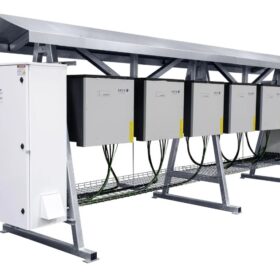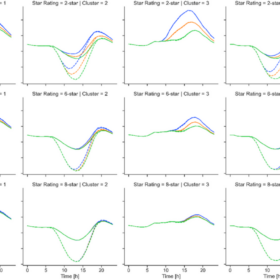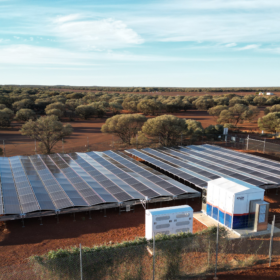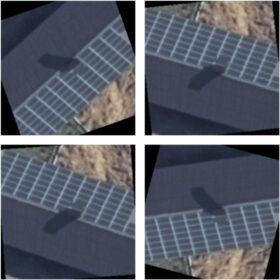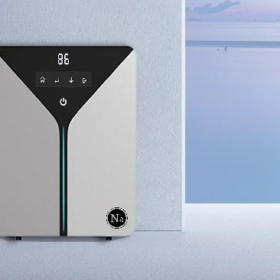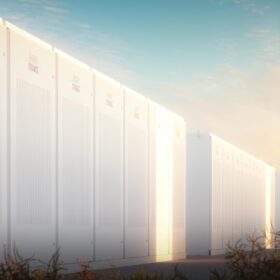Siemens to open US utility-scale solar inverter factory
Global engineering and technology company Siemens plans to set up an 800 MW utility-scale inverter factory in the United States. The facility will focus on the production of string inverters.
Study shows biosolar rooftop system benefits power output
A group of Australian researchers say they have confirmed the benefits of combining rooftop solar installations with ‘green’ roofs with new research showing the combination increased solar generation by as much as 107% during peak periods.
AGL to add more microgrids for farming operations in the NSW Riverina
Australian Farmland Services and AGL Energy are partnering on two additional microgrids for almond farms, including a substantial solar generation plan, and cut CO2 emissions by an estimated 10,900 tonnes over the course of a 20-year PPA.
Study claims PV industry is neglecting overirradiance issues
Overirradiance conditions may affect the operating performance of photovoltaic plants, the stability of the electrical grid, and the efficiency of inverters. A research team has warned these effects are currently not being given proper consideration by the solar industry.
Mitigating residential duck curve via solar pre-cooling
Solar pre-cooling consists of using residential PV systems to run air conditioners to pre-cool residential and commercial buildings. It offers benefits in terms of mitigating low minimum demand in electricity networks, flattening the grid’s net demand profile, and reducing electricity bills.
Horizon turns on solar and storage solution in remote WA
The town of Sandstone in Western Australia’s remote Midwest region is now being powered by renewable energy with state-owned regional utility Horizon Power unveiling a 163 kW solar facility coupled with a 759 kWh battery energy storage system.
Top five solar inverter vendors accounted for 71% of shipments in 2022
Global inverter shipments increased to 330 GW last year with Huawei, Sungrow, Ginlong, Solis, Growatt and GoodWe named as the top vendors.
Novel AI-based tech to identify rooftop solar systems from aerial images
The model utilises deep learning and image processing techniques and is said to offer “superior performance.” In the future, it might be able to differ between panels of PV and solar thermal systems.
Biwatt unveils new residential sodium-ion batteries
Biwatt Power, a Chinese manufacturer, has developed new residential sodium-ion batteries with an efficiency rate of 97% and a projected lifespan of more than 3,000 cycles.
Weekend Read: Deployment trumps manufacturing in EU priorities
A lack of clear policy support, raw material dependency, and higher production costs are inhibiting the localisation of European solar manufacturing, despite strong demand, writes Edurne Zoco, executive director for clean energy technology at S&P Global.
